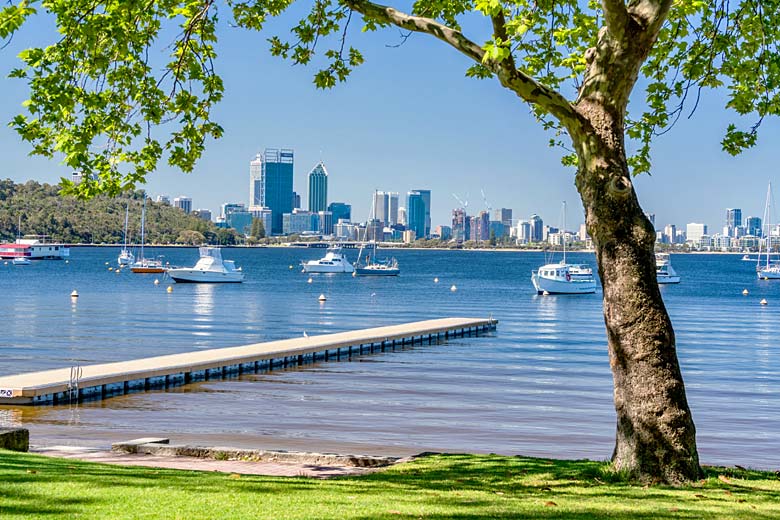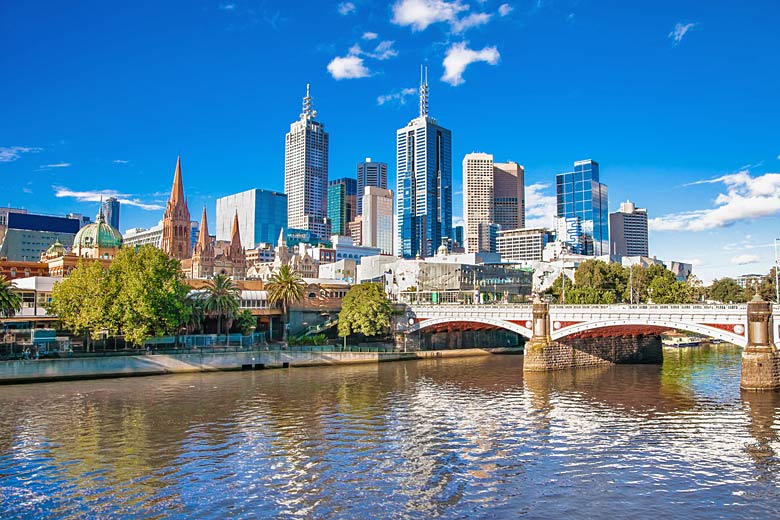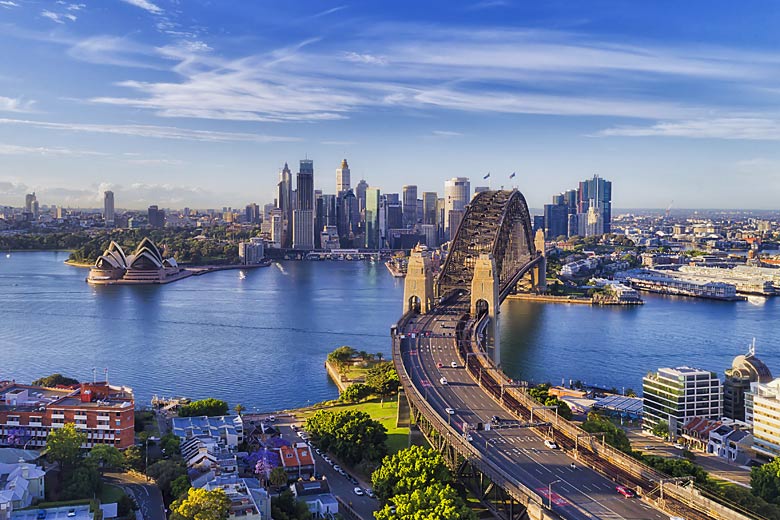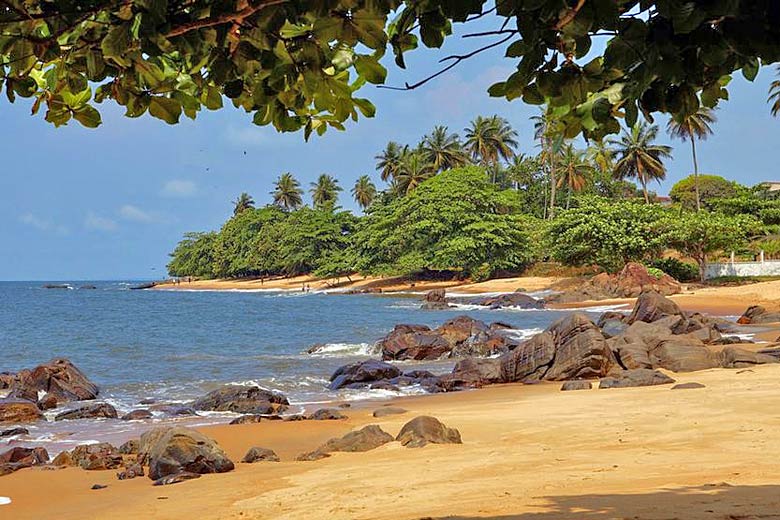- Explore top offers on direct flights from the UK
- Filter destinations by price, trip type, flight time & more
- Choose a destination to see cheapest fares & airlines
South Australia weather by month
Check out South Australia weather averages by month. Compare detailed monthly climate statistics including temperature, rainfall and sunshine figures.
| Jan | Feb | Mar | Apr | May | Jun | Jul | Aug | Sep | Oct | Nov | Dec | |
|---|---|---|---|---|---|---|---|---|---|---|---|---|
| Maximum daytime temperature °F |  84 84 |
 84 84 |
 79 79 |
 73 73 |
 66 66 |
 61 61 |
 59 59 |
 61 61 |
 64 64 |
 70 70 |
 75 75 |
 79 79 |
| Hours of sunshine (daily) | ||||||||||||
| Days with some rainfall |  6 6 |
 6 6 |
 6 6 |
 6 6 |
 8 8 |
 8 8 |
 9 9 |
 9 9 |
 8 8 |
 9 9 |
 6 6 |
 6 6 |
| Sea temperature °F |  70 70 |
 72 72 |
 70 70 |
 66 66 |
 63 63 |
 59 59 |
 55 55 |
 55 55 |
 57 57 |
 61 61 |
 64 64 |
 68 68 |
More about South Australia
South Australia by month
Jan Feb Mar Apr May Jun Jul Aug Sep Oct Nov Dec
Recommended for South Australia
The climate guide for South Australia (Adelaide) shows long term monthly weather averages processed from data supplied by CRU (University of East Anglia), the Met Office & the Netherlands Meteorological Institute. Find out more about our data sources.
Top South Australia destinations
Below are average maximum temperatures at popular countries, regions and places in South Australia for next month - August. Select a destination to see the climate guide for all months of the year.
All South Australia destinations
Metric (°C) | Imperial (°F)
South Australia climate overview
South Australia is the only state to border every other mainland state in Australia. Famous for its opals and some of the finest wines produced in Australia, South Australia is also home to the driest regions in the whole country.
Most of South Australia is arid semi-desert outback with rocky plains supporting only scrub vegetation. Many sizeable salt-encrusted depressions in the east occasionally fill after freak winter rains to form massive shallow salt-lakes. Summers in the outback are very hot, sunny, and dry. Winters are largely dry with comfortable temperatures, but it can become cold at night.
Two areas of low mountains exist, the Musgrave Ranges, which rise out of the desert in the northwest, and the Flinders Ranges in the southeast, whose ruggedness is beautified by wild flowers in spring.
The southern coast is home to spectacular cliffs and a number of islands, the largest of which is Kangaroo Island. In the west the nearly treeless Nullarbor Plain is a flat limestone plateau that stretches for hundreds of kilometres into Western Australia, forming a desolate landscape.
Most of the population lives in the southeast. State capital Adelaide is an attractive tree-lined coastal city with distant hills providing a scenic backdrop. Much of South Australia's agriculture is also found in the fertile southeast with large areas of wheat and sheep farming.
Over half of Australia's annual wine output is produced in South Australia, most famously in the Southern Vales and Barossa Valley, which to this day retains its distinctive German charm, architecture, and customs.
The southeast has a typical sub-tropical climate with a summer dry season. Damp and cloudy winters, accompanied by cool to comfortable temperatures are followed by summers that are sunny, dry and hot.
More about Australia
Compare South Australia with the UK
Below the South Australia chart shows average maximum daytime temperature for South Australia, Australia (Adelaide) and the UK (London).
Maximum daytime temperature (°F)
Metric (°C) | Imperial (°F)
Compare more South Australia weather >>
Be inspired
Get your weekly fix of holiday inspiration from some of the world's best travel writers plus save on your next trip with the latest exclusive offers
We promise not to share your details
Related posts
Popular travel offers
Explore holidays in the sun for less
- Beach holidays
- Family holidays
- City breaks
- Summer holidays
- Winter sun holidays
- Holiday offers
- Top travel brands
- Airlines & flights
- Discount hotels
- Airport parking deals
- TUI
- Jet2holidays
- easyJet holidays
- Love Holidays
- January sales
Airport parking
- Manchester Airport
- Stansted Airport
- Bristol Airport
- Luton Airport
- Birmingham Airport
- Edinburgh Airport
- Gatwick Airport
- Glasgow Airport
- Newcastle Airport
Airport lounges
- Manchester Airport
- Birmingham Airport
- Bristol Airport
- Edinburgh Airport
- Glasgow Airport
- Heathrow Airport
- Newcastle Airport
- Stansted Airport
- Gatwick Airport



























